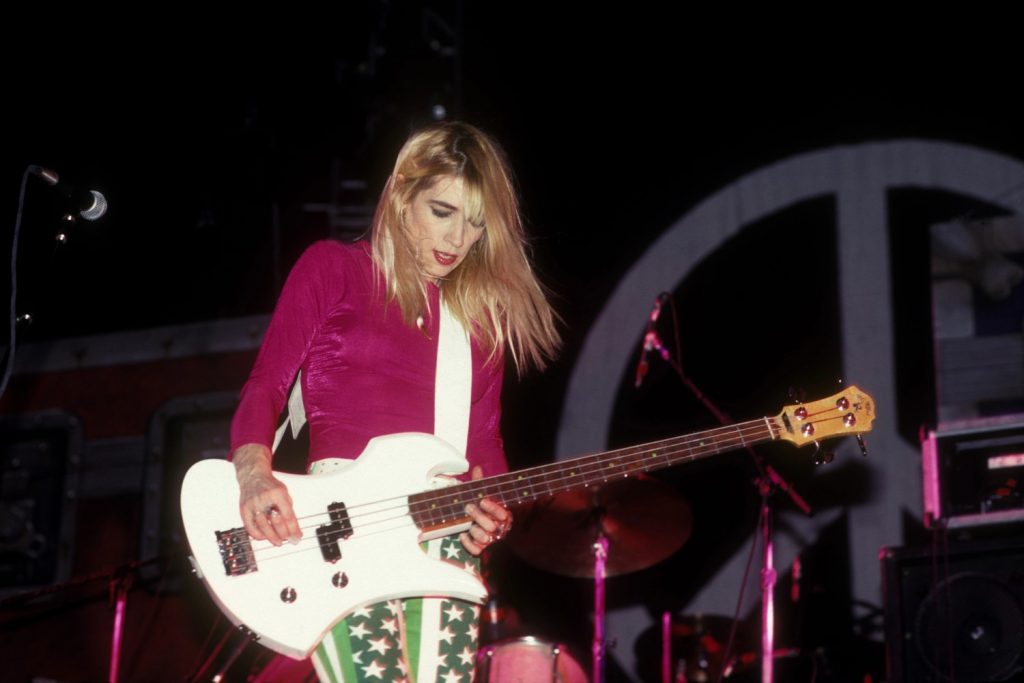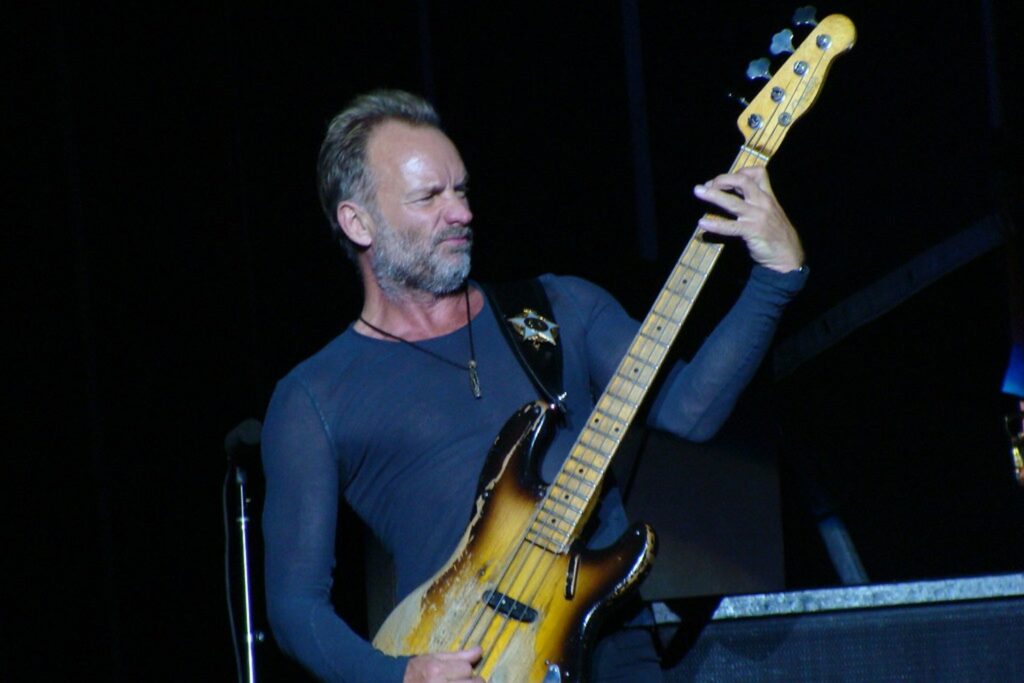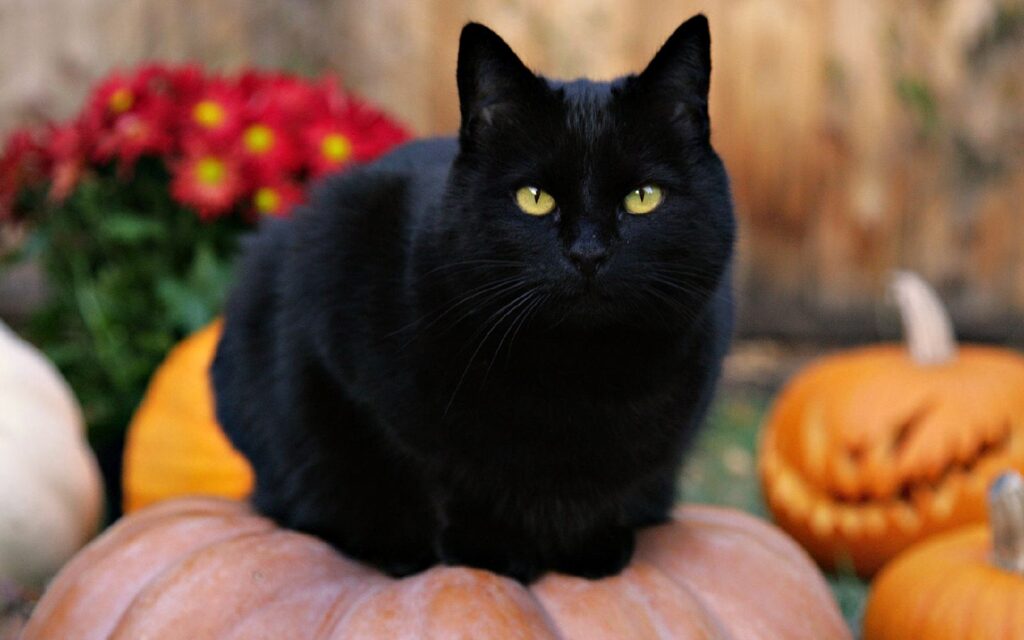The Beatles' influence can't be understated, especially with some homegrown rock taking cues from The Fab Four.
A listen to any album from The Beatles provides a jump off point for a colour soaked musical love affair. The Beatles’ pop/rock aesthetic saw them adopt a multitude of different sounds and styles in their music, with each album showcasing a different proverbial fingerprint. And as such, their influence today can be felt across various genres.
For one, the psychedelic aesthetic of ‘Strawberry Fields Forever’, laced with metaphoric lyrics and rolling, tripped out guitars and groove-steady bass, has remained transformative through the ages, and today it is perhaps the most significant of the band’s influential styles.
Comparisons of Tame Impala with the Beatles go so well together that the band may be sick of us noticing. But with frontman Kevin Parker’s favourite song of all time being ‘I Want You (She’s So Heavy)’, and Sean Lennon even saying that the Impalan sounds like his dad, the comparisons will still pop up – here, there and everywhere. However, there are more tangible links between the production styles of these artists.
For one, the guitar that Parker says is “involved with everything I’ve done” is the Rickenbacker 335 Jetglo, a match to John Lennon’s own iconic Rickenbacker 325c58 that he used throughout his Hamburg heyday. That guitar’s presence is noticeable: listened concurrently, Tame Impala’s 2012 album Lonerism feels like Sgt. Pepper‘s backyard brother. Kevin Parker imbues tracks with deliberately spaced-out vocals, reminiscent of Lennon’s own psychedelic experiments, and joined by reverb guitars and a picked up pace, the result is a Sgt Pepper sound married to Revolver lyrics.
Parker takes advantage of tape echo and reverb on the album to invoke the dreamlike, trippy feel, often melting the layers of instruments and vocals together. Placed next to ‘I’m Only Sleeping’, Impala’s ‘Elephant’ takes on an added emphasis, with the dragged down pace feeling like each acid-dream song has you sinking deeper into an unfixable hole.
Tame Impala
This psychedelic sound is also present in the music of experimental, hard rockers King Gizzard & the Lizard Wizards, a modern manic Melbournian incarnation of the late great effervescent workhorse Frank Zappa. Even so, there are still resonances of some of the Beatles’ best works present in King Gizz’s catalogue. Borrowing the hypnotic melodies of Abbey Road’s ‘I Want You (She’s So Heavy)’ would be the logical starting point for a band like King Gizz, who add clashing drum kits and devilish baselines to the spinning tunes.
However, it’s the use of concept albums that are the greatest link between the two bands: The Beatles famously reinvented their image throughout their career, releasing Sgt Pepper’s Lonely Hearts Club Band and subsequent Yellow Submarine as a way to expand their musical repertoire to free them from the constraints of the pulpy love songs that flung them into fame.
The use of these concept albums, which focused on or expressed singular ideas and themes across the whole album, became a vital creative tool in the 60s, with The Who, The Velvet Underground and The Beach Boys finding great success with the practice. Nowadays, King Gizz take this method to new extremes: their concept albums, such as Quarters! which featured four equal length songs, or Nonagon Infinity, which is mixed to sound like a never-ending loop, stand as testament. Across their transcendental encyclopedia of songs, the band showcases an imperious musical vocabulary in a multitude of genres, from surf/garage rock to biting blues, through jingling jazz and fun folk, on towards prog rock and heavy metal.
King Gizzard & The Lizard Wizard
Furthermore, each band member is more than comfortable performing on multiple instruments, and their live performances see band members switching gear regularly in a fantastic show of instrumental competence. This musical genre variance and multi-instrumentalist capacity are comparable only to the similarly flexible Beatles, who each wrote, composed and played across their incredible music catalogue.
The Beatles’ reimagination as a progressive rock band owes a lot to their pioneering use of the studio as a music production space which allowed for tracks to play without an interval. Instead, songs could segway with a musical interlude, crossfade or just a straight cut. Beatles producer George Martin was equally responsible for the use of the studio as a sound mixing space. ‘Stawberry Fields Forever’ can be seen as the ultimate beneficiary of the producer’s input, taking two different recordings of the track and adding Mellotron flute sounds, an Indian swarmandal, and a cello and brass arrangement. The song may be seen as a turning point, where tunes that were originally composed elsewhere gave way to the deliberate design and control of studio work. Similarly, ‘A Day In The Life’ uses radio, television news and orchestral sounds to timeless results.
This technique is heard today in bands like The Avalanches who have perfected the studio production element of the music industry to develop truly unique beats and tunes out of old recordings. The Melbourne based band even sampled Beatles track ‘Come Together’ as performed by Kew High School students on ‘The Noisy Eater’.
The Avalanches
Co-founder Robbie Chater said, “Getting permission from Paul and Yoko was just kind of completely unexpected and completely mind-blowing actually…So I really love that and I always get a kick when we’re playing it live and hearing that sample come in. It’s really cool. And I love Yoko and her music as well, so we were chuffed.”
Yoko encouraged John to write more personal, reflective songs, with the ‘Revolution’ recordings and ‘The Ballad Of John And Yoko’ being obvious beneficiaries of her type of input. Ono’s career greatly popularised conceptual and performance art, and her work has been installed in exhibitions all over the world for the last 60 years.
An Ono inspired self-reflective type of music is present most in Melbourne’s rock scene, and standing at its centre Courtney Barnett. Synonymous with a deadpan delivery style and witty lyrics, Barnett evokes the dry humour the fab four effected during their furor. Often delving into themes of social anxiety and depression, she is known to add sparkle and pizzazz when the time is right. 2018’s Tell Me How You Really Feel album is a testament to her ability to mix jumping tunes with darker themes. The wave of grunge/folk – or what the majority of us call rock music – has been strong for giving a voice to Australian artists otherwise ignored in previous music generations. The movement harkens the pub rock scene of the 70s and 80s, with uniquely Australian voices becoming more present in the radiosphere.
Meanwhile, another Australian band that has benefited from a Beatles influence is that of Parcels. The Byron Bay outfit is fresh on the international scene following their success with last year’s eponymous album release. With hits like ‘Lightenup’ and ‘Tieduprightnow’ bringing worldwide attention, many may have double-takes when they see one of the band’s frontmen take the stage. Rocking a dark brown mop of hair and a short-smart mustache, guitarist Jules Crommelin is a spitting image of the late finger picker George Harrison. At Lollapalooza Argentina, Jules took the stage wearing a white linen shirt and light brown tweed pants, channeling the Beatle in every essence.
Parcels
And the similarities are more than just superficial: Both bands have reached acclaim following an extended period in Germany. Back in the early 1960s, the Beatles toured in Hamburg while they were still virtually unknown, and the city became a valuable nest for them to hone their skills. John Lennon famously said, “I might have been born in Liverpool, but I grew up in Hamburg”. The move opened up the Deutschland as a productive breeding ground of grunge new wave rock and synth pop, with Andy Warhol, David Bowie, The Velvet Underground, Iggy Pop and native Nico finding a voice there. Parcels have made Berlin their home since 2017, and the move garnered them attention from the mighty Daft Punk.
Moreso, The Parcels come as an ensemble, with each of the five members lending their voice to their funky beats and killer harmonies in a sound that they have described as a blend of “electro-pop and disco-soul” – a modern Bee Gees even. In an interview with Vogue back in 2017, the band members even described themselves as a little bit like the Beatles, be that in a “non-musical level… in the sense that we’re 5 totally equal members. We’re all in it 100%, together for the ride and laughing at ourselves every step of the way”.
Comparisons don’t always get as easy as that.
Revisit the first part of our Beatles Down Under series here.







